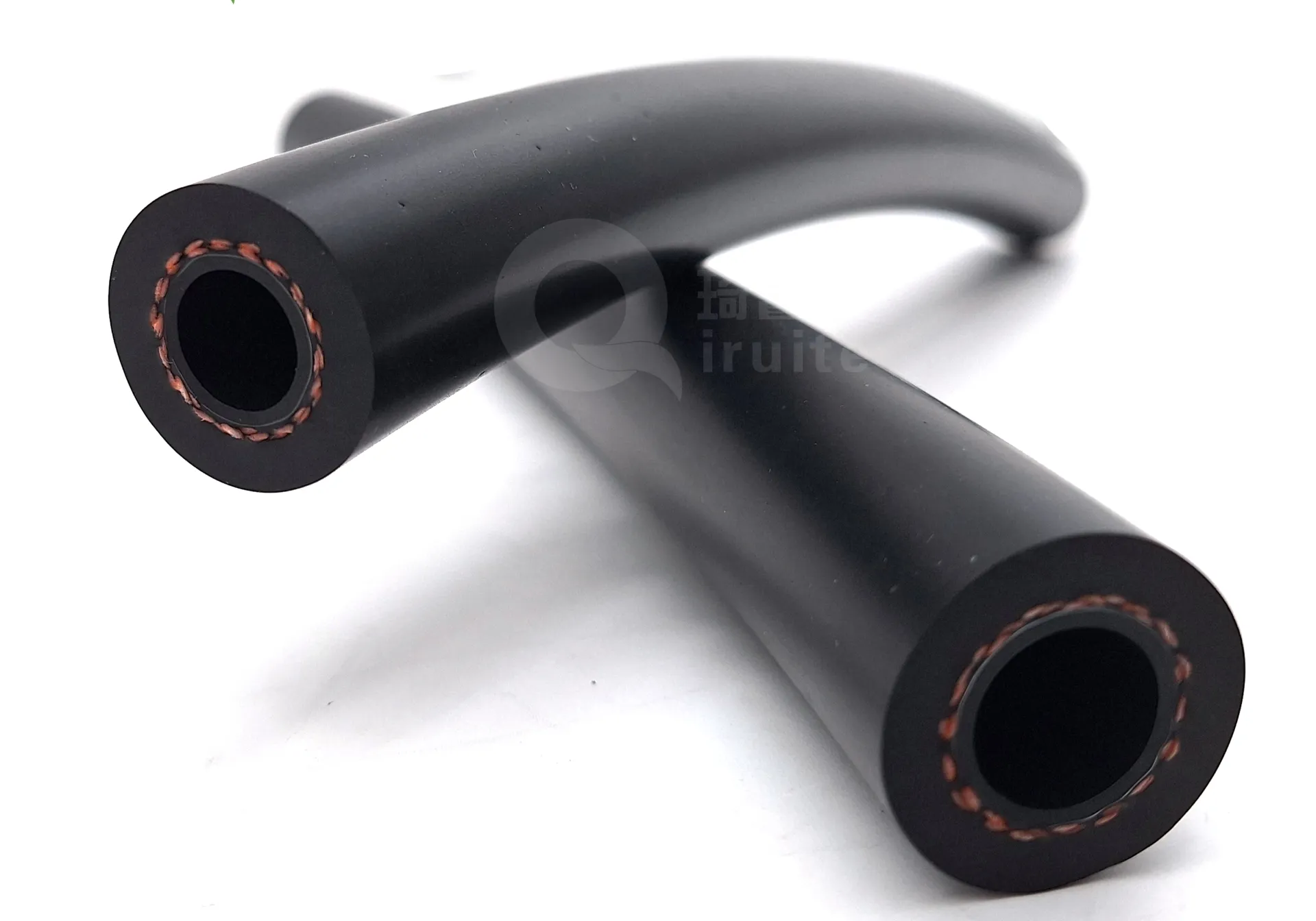Power Steering System Suction Hose Replacement Guide and Best Practices
Understanding Power Steering Suction Hoses Importance, Function, and Maintenance
Power steering is a critical component of modern vehicles, allowing drivers to steer with minimal effort while maintaining control. One of the lesser-discussed yet vital components of the power steering system is the power steering suction hose. This article will delve into the importance and function of power steering suction hoses, their maintenance, and what drivers need to know to ensure their vehicle's steering system remains in top shape.
What is a Power Steering Suction Hose?
The power steering suction hose is a flexible rubber or reinforced plastic tube that connects the power steering pump to the steering gear. Its primary function is to transport hydraulic fluid from the reservoir to the power steering pump. This fluid is essential for the proper functioning of the power steering system, as it helps in delivering the necessary pressure to assist with steering actions. When the driver turns the steering wheel, the pump circulates hydraulic fluid through the system, allowing for smooth turns and precise handling.
Importance of the Power Steering Suction Hose
1. Fluid Transportation The hose plays an essential role in transporting the hydraulic fluid that powers the steering system. A failure in this hose can lead to insufficient hydraulic pressure, making steering heavy and unresponsive.
2. System Integrity A well-functioning suction hose is crucial for maintaining the overall integrity of the power steering system. Any leaks or damage to the hose can compromise the system, affecting not just steering performance but also leading to more extensive damage over time.
3. Safety A malfunctioning steering system can lead to significant safety hazards. The inability to steer properly can result in accidents, posing risks to the driver, passengers, and other road users. Ensuring the power steering suction hose is in good condition is thus vital for overall driving safety.
Signs of a Failing Power Steering Suction Hose
Like many vehicle components, power steering suction hoses can wear out over time. Drivers should be vigilant for signs of potential issues, including
1. Fluid Leaks One of the most common indicators of a failing suction hose is the presence of power steering fluid leaking beneath the vehicle. This fluid is typically a reddish color and can be identified easily.
power steering suction hose

3. Noisy Steering Unusual whining or grinding noises when turning the steering wheel can indicate low fluid levels, possibly caused by a leak in the suction hose.
4. Warning Lights Some vehicles are equipped with dashboards that will alert the driver if there is a power steering issue. Understanding and responding to these warnings promptly is crucial.
Maintenance Tips for Power Steering Suction Hoses
To ensure the longevity of your power steering suction hose and the overall health of your power steering system, regular maintenance is essential. Here are some tips
1. Regular Inspections Periodically check the condition of the power steering suction hose for any signs of wear, cracks, or leaks. Early detection of issues can prevent more significant problems.
2. Fluid Checks Monitor the level and condition of your power steering fluid. Regularly topping off the fluid can help maintain optimal performance.
3. Professional Servicing Having your vehicle serviced by a professional mechanic will ensure that the power steering system, including the suction hose, is thoroughly inspected and any issues addressed promptly.
4. Avoid Overturning the Wheel Being mindful not to over-torque the steering wheel can help reduce stress on the power steering components, including the suction hose.
Conclusion
The power steering suction hose may often go unnoticed, but its role in the smooth operation of your vehicle's steering system is undeniably significant. By understanding its function, recognizing warning signs of failure, and practicing proper maintenance, drivers can ensure a safe and enjoyable driving experience. Regular checks by a qualified mechanic can further prevent costly repairs and keep the steering system functioning optimally for years to come.
-
Ultimate Spiral Protection for Hoses & CablesNewsJun.26,2025
-
The Ultimate Quick-Connect Solutions for Every NeedNewsJun.26,2025
-
SAE J1401 Brake Hose: Reliable Choice for Safe BrakingNewsJun.26,2025
-
Reliable J2064 A/C Hoses for Real-World Cooling NeedsNewsJun.26,2025
-
Heavy-Duty Sewer Jetting Hoses Built to LastNewsJun.26,2025
-
Fix Power Steering Tube Leaks Fast – Durable & Affordable SolutionNewsJun.26,2025

